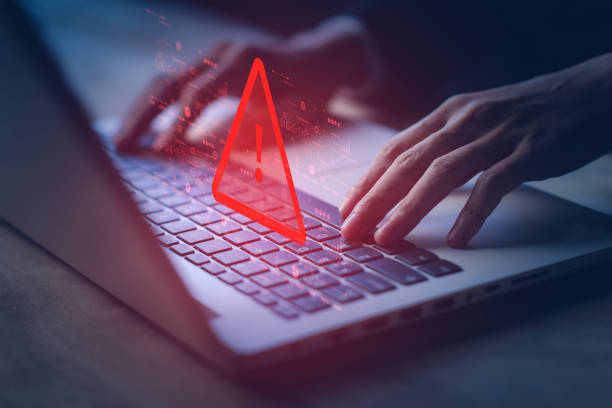Recent claims of a cyber attack on the Sellafield nuclear site have stirred controversy, with The Guardian suggesting Chinese and Russian-linked threat actors successfully breached the site’s networks.
The alleged use of “sleeper malware” has raised questions about the safety practices and security of one of Britain’s most guarded facilities. However, the UK government vehemently denies the allegations, calling for concrete evidence from The Guardian to substantiate the reported breach.
The Alleged Cyber Attack
According to The Guardian’s investigation, signs of compromise on Sellafield’s computer systems date back to 2015, with experts identifying the presence of “sleeper malware.” This type of malware, if exploited, could provide threat actors with crucial details about safety protocols and the movement of nuclear waste materials on the site.
The UK government has refuted The Guardian’s claims, asserting that there is no evidence of a successful cyber attack on Sellafield networks.
A spokesperson emphasized the robustness of their monitoring systems and the multi-layered protection of all systems and servers at the facility. The statement called for The Guardian to present evidence supporting the alleged breach, highlighting the government’s high degree of confidence in the absence of any such malware.
Security experts and industry leaders have expressed serious concerns if the allegations are proven true. Jamie Ahktar, CEO and co-founder at CyberSmart, highlighted the sophistication of state-sponsored attacks and questioned the effectiveness of Sellafield’s cyber defences. Ahktar urged not only Sellafield but all critical infrastructure in the UK to prioritize cybersecurity.
The incident raises broader questions about the overall state of security practices at the facility, especially considering past reports of security vulnerabilities dating back to 2012.
Past Cyber Attack Security Lapses
Sellafield has faced cybersecurity challenges in recent years, with a 2012 report warning of “critical security vulnerabilities.”
Last year, the Office for Nuclear Regulation (ONR) reportedly imposed “special measures” on Sellafield due to concerns about cyber security practices. Incidents, including external contractors plugging memory sticks into systems unsupervised and the inadvertent broadcast of login details on a BBC One show, have further underscored the need for improved cybersecurity measures.
Conclusion
The alleged cyber attack on Sellafield has ignited a debate over the security of critical infrastructure in the UK.
While The Guardian’s report raises serious concerns, the UK government remains steadfast in its denial, demanding evidence to support the claims.
As the controversy unfolds, it serves as a reminder for all organizations, especially those involved in critical infrastructure, to prioritize and enhance cyber security measures in an era where state-sponsored cyber threats continue to evolve.
We hope you’ve enjoyed this blog. Be sure to watch out for our future weekly blog releases and thanks for reading!

